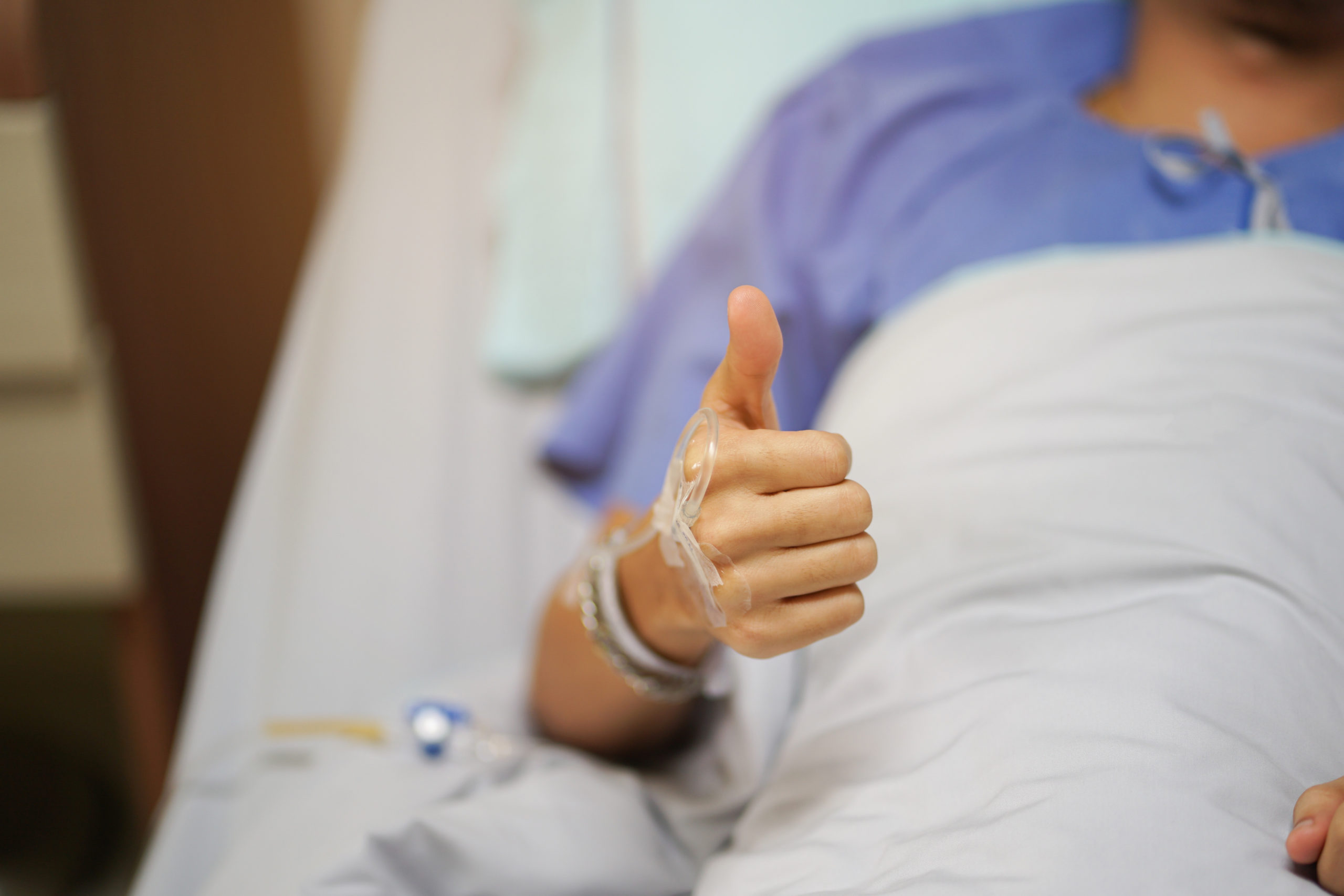No surgery is completely free from risk. While bunion surgery complications are possible, the good news for patients is that side effects from bunionectomies are typically mild and fairly rare. Indeed, most patients who undergo minimally invasive bunion surgery experience short recovery times and long-lasting foot pain relief. Still, if you’re concerned about going under the knife to get rid of a painful bunion, then this blog is for you. Here are some potential side effects of bunion surgery:
Avoiding Bunion Surgery Complications
As we’ve discussed on this blog before, the only way to permanently get rid of bunions is to have them removed. However, there’s a big difference between a minimally invasive bunion removal procedure and a traditional bunionectomy. Because traditional bunionectomies involve making a much larger incision along the foot, the procedure is more prone to causing pain, stiffness, and other issues that we’ll outline below. As such, if you want to rid yourself of painful bunions –– and cut down on the potential for complications –– then minimally invasive surgery is the way to go.
You can also reduce the risk of complications following bunion surgery by listening to the advice of your doctor. Avoid high-risk activities that may damage the foot and rest up in order to recuperate fully.
Bunion Recurrence
Most of the time, bunions take a very long time to form. So it could be years before a bunion reappears after surgery. Still, this has been known to happen. Note here that “shaving” bunions do not correct the root issue that causes bunions. The best way to prevent bunions from recurring is to correct the misalignment of the foot during the bunion removal procedure. Patients can also reduce the risk of getting another bunion by adhering to foot health best practices.
Scarring
As discussed above, traditional bunion surgery (AKA open-foot bunion surgery) involves a large incision along the side of the foot. Unfortunately, this means that individuals who undergo this procedure are more likely to experience residual pain for an extended period of time after the surgery. What’s more, many suffer from painful and unsightly scarring along the foot.
Stiffness/Limited Range of Motion
Occasionally, severe bunions can damage the big toe joint and –– even after surgery and realignment –– cause stiffness. One way to alleviate stiffness after surgery is to perform light foot exercises and to wear a bunion splint to support the toe.
Infection
In rare instances, incisions from bunion surgery may cause an infection. Sometimes, patients may be asked to wash their feet before surgery with an antiseptic solution. When infections do occur, they are typically mild and respond to antibiotics.
Nonunion (Bone Healing Problems)
Major bunion surgery may sometimes involve the cutting or fusing of bones in the feet to achieve proper realignment. Under such circumstances, patients may be at risk for nonunion –– a condition in which bones fail to heal properly. Patients are often recommended to avoid smoking following major foot surgery –– since nicotine inhibits bone healing. Also, rest is often required to allow bones the time necessary to heal properly.
Contact Us
At the end of the day, minimally invasive bunion surgery is safe, quick, and very effective. At Northwest Surgery Center, our goal is to help people overcome bunion pain and other foot issues for good. Contact us here to learn more about our methods, or to schedule a consultation today!



Leave A Comment